Is aeronautical technological innovation experiencing an unprecedented revolution? How are companies in the sector navigating this accelerated digital transformation? In 2025, the aeronautical industry faces major challenges: cost optimization, compliance with strict standards, reduction of human errors, and safety improvement. Fortunately, solutions are emerging thanks to spectacular technological advances. Artificial intelligence, augmented reality, and digitalization platforms are revolutionizing traditional working methods. These innovations enable companies to gain efficiency, secure their operations, and train their teams more effectively. Adopting these technologies becomes crucial to remain competitive in a constantly evolving market.

Key points to remember regarding aeronautical technological innovation:
- Accelerated digitalization: Digital solutions radically transform industrial processes
- AI and automation: Artificial intelligence optimizes operations and reduces errors
- Augmented reality: This technology revolutionizes training and maintenance
- Enhanced safety: Digital tools guarantee compliance with critical procedures
- Measurable ROI: Productivity gains largely justify technological investments
Ready to discover how these innovations can transform your company?
Contact our experts for a personalized consultation.
1. Aeronautical Technological Innovation: What are the Latest Advances Revolutionizing the Industry?
Aeronautical technological innovation is evolving at a breakneck pace. Companies in the sector are now integrating advanced digital solutions to optimize their operations.
Furthermore, these emerging technologies are redefining industry standards. Indeed, they enable achieving unparalleled levels of precision and efficiency.
1.1. How is Digitalization Transforming Maintenance Procedures?
Digitalization is fundamentally revolutionizing aeronautical maintenance practices. Now, technicians instantly access detailed procedures on tablets.
Main transformations:
- Interactive instructions replacing paper manuals
- Complete traceability of interventions performed
- Automated and secured quality controls
- Digital archiving of critical data
Moreover, this approach significantly reduces human errors. Intervention times also decrease by 30% on average.
1.2. What is the Impact of AI in Aeronautical Operations?
Artificial intelligence is radically transforming modern aeronautical operations. Indeed, it analyzes immense volumes of operational data in real-time.
Key AI applications:
- Predicting failures before their occurrence
- Automatic optimization of maintenance schedules
- Predictive analysis of engine performance
- Intelligent assistance for technicians
Thus, AI enables anticipating potential problems. Maintenance costs decrease drastically thanks to this preventive approach.
1.3. How does Augmented Reality Change Working Methods?
Augmented reality revolutionizes the traditional approach to industrial work. Technicians now visualize information directly on their environment.
Concrete advantages:
- Step-by-step guidance for complex procedures
- Overlay of contextual technical information
- Immersive training for new collaborators
- Remote assistance via relocated experts
Consequently, this technology accelerates skill development. Errors decrease drastically thanks to this visual guidance.
2. Aeronautical Technological Innovation: How to Optimize Safety and Compliance?
Aeronautical technological innovation places safety at the heart of all concerns. Strict regulations require perfect traceability of operations.
Nevertheless, digital solutions greatly facilitate compliance with these requirements. Consequently, they constitute a major asset for companies in the sector.
2.1. What Digital Tools to Guarantee Procedure Compliance?
Digital tools ensure rigorous compliance with aeronautical procedures. They guide operators step by step without possibility of omission.
Compliance solutions:
- Digital workflows with mandatory validations
- Automatic controls at each critical step
- Real-time alerts on non-compliances
- Automatically generated compliance reports
Moreover, these systems physically prevent procedural deviations. Operational safety is considerably strengthened.
2.2. How to Standardize Work Instructions?
Standardizing instructions represents a major challenge for the industry. However, digital platforms offer efficient and sustainable solutions.
Standardization methods:
- Unified templates for all procedures
- Centralized library of validated instructions
- Simultaneous updates on all workstations
- Standardized training for all sites
Thus, this approach guarantees global operational consistency. Risks related to procedural variations gradually disappear.
2.3. What Solution to Ensure Operations Traceability?
Traceability constitutes an absolute regulatory imperative in aeronautics. Digital solutions automatically create detailed histories.
Traced elements:
- Operator identity and their qualifications
- Precise timestamps of each intervention
- Photos and videos of operations performed
- Validation of quality controls carried out
Furthermore, this data remains available for decades. Regulatory audits thus become much simpler.
3. Aeronautical Technological Innovation: Why is Procedure Digitalization Crucial?
Aeronautical technological innovation makes procedure digitalization absolutely unavoidable. Economic and safety stakes amply justify these investments. However, benefits far exceed initial costs. Ultimately, this transformation emerges as a strategic necessity.
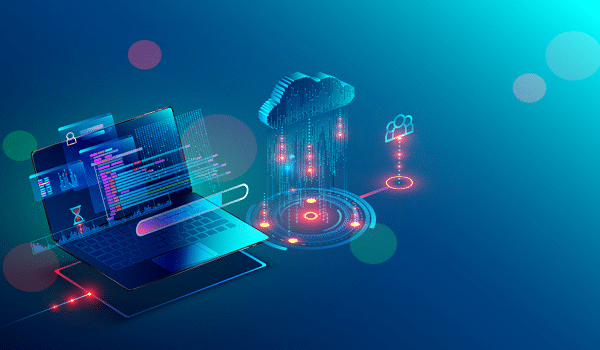
3.1. How to Reduce Human Error Risks?
Human errors represent 80% of industrial incidents. Fortunately, digitalization drastically reduces these major operational risks.
Prevention mechanisms:
- Interactive guidance preventing omissions
- Automatic controls at critical points
- Visual alerts on incorrect actions
- Double validation for sensitive operations
Furthermore, systems immediately detect anomalies. Corrections occur before errors propagate.
3.2. What Productivity Gains to Expect?
Digitalization generates spectacular and measurable productivity gains. Companies rapidly observe significant improvements in their performance.
Typical results:
- Reduction in training time
- Decrease in intervention times
- Reduction in detected non-compliances
- Savings on maintenance costs
Consequently, return on investment generally appears within 18 months.
3.3. How to Facilitate Team Training?
Training represents a crucial challenge in highly specialized aeronautics. Digital solutions fundamentally revolutionize employee learning.
New pedagogical approaches:
- Interactive and personalized e-learning modules
- Virtual simulations of complex operations
- Automated assessments of acquired skills
- Individual tracking of achieved progress
Thus, employees develop skills more rapidly. Training quality improves considerably.
4. Picomto, Innovative Solution for the Industry of the Future
Aeronautical technological innovation finds in Picomto a partner of choice. This platform specifically addresses the complex challenges of the sector.
Moreover, it adapts perfectly to strict regulatory constraints. Finally, Picomto accompanies the digital transformation of aeronautical companies.
4.1. How does Picomto Address Digitalization Challenges?
Picomto proposes a comprehensive approach to industrial digital transformation. The platform integrates all functionalities necessary for aeronautical operations.
Key functionalities:
- Intuitive creation of digital work instructions
- Deployment on all media (tablets, smartphones, smart glasses)
- Multilingual interface for international teams
- Native integration with existing systems
Indeed, this solution covers all operational needs. Adoption remains simple and progressive for teams.
4.2. What Advantages does Remote Maintenance Offer with Picomto Remote Expert?
Picomto Remote Expert revolutionizes remote maintenance. Experts intervene virtually on all global sites.
Remote maintenance capabilities:
- Real-time video assistance with experts
- Screen sharing for precise diagnostics
- Image annotation for visual guidance
- Automatic recording of interventions
Thus, this solution considerably reduces costly travel. Breakdowns resolve more quickly.
4.3. How to Implement Picomto in Your Operations?
Picomto implementation follows a proven and progressive methodology. The team accompanies each step of digital transformation.
Implementation steps:
- Initial audit of existing processes
- Training of internal project teams
- Pilot on defined restricted perimeter
- Progressive deployment on all sites
Therefore, implementation risks remain perfectly controlled. Change operates smoothly for users.
Conclusion
Aeronautical technological innovation profoundly transforms the industry in 2025. Digital solutions offer exceptional improvement opportunities. Consequently, they enable optimizing safety, productivity, and compliance simultaneously.
Artificial intelligence, augmented reality, and procedure digitalization constitute the pillars of this revolution. Companies adopting these technologies gain a decisive advantage over their competitors. Picomto accompanies this transformation by proposing solutions adapted to specific aeronautical challenges.
Ready to digitize your operations? Request a personalized demonstration of our innovative solutions.
FAQ
What is aeronautical technology?
Technologies used to design, build, and operate civil and military aircraft.
What are future innovations in aviation?
AI, augmented reality, predictive maintenance, procedure digitalization, and advanced remote maintenance.
What is a major evolution in aeronautical technology?
Complete digitalization of work instructions and artificial intelligence assistance.
What are aeronautical systems?
Set of integrated technologies enabling safe operation of modern aircraft.
What is the difference between aviation and aeronautics?
Aviation concerns usage, aeronautics encompasses design, construction, and associated technologies.
What are the 5 innovations?
AI, augmented reality, industrial IoT, blockchain, predictive maintenance transform the industry.
What is technological innovation?
Application of new technologies to improve performance, safety, and operational efficiency.
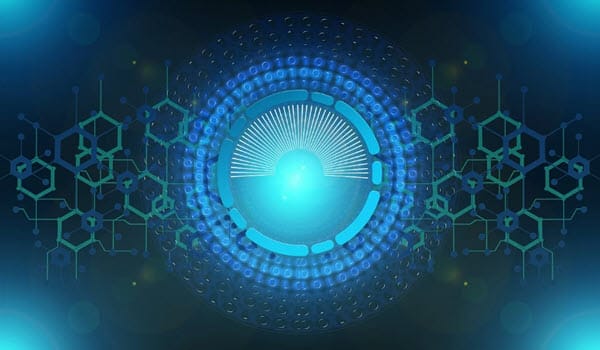
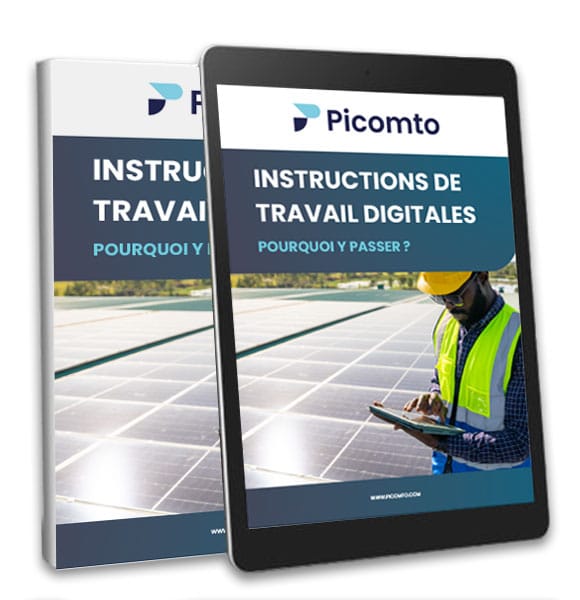
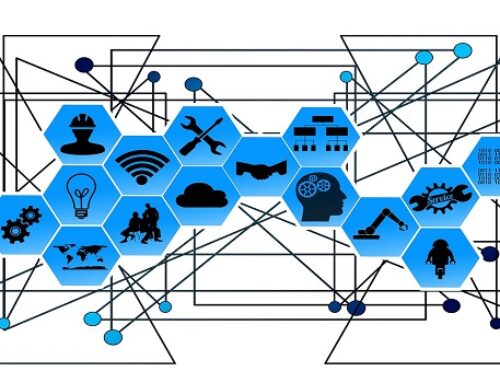
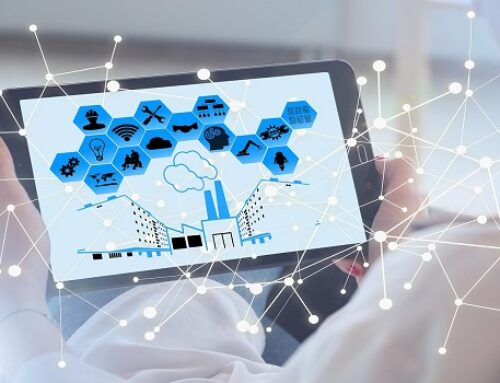
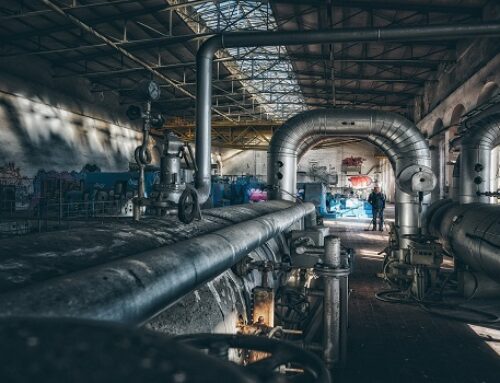
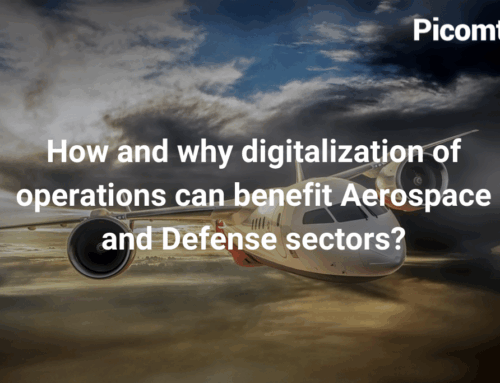
Leave A Comment